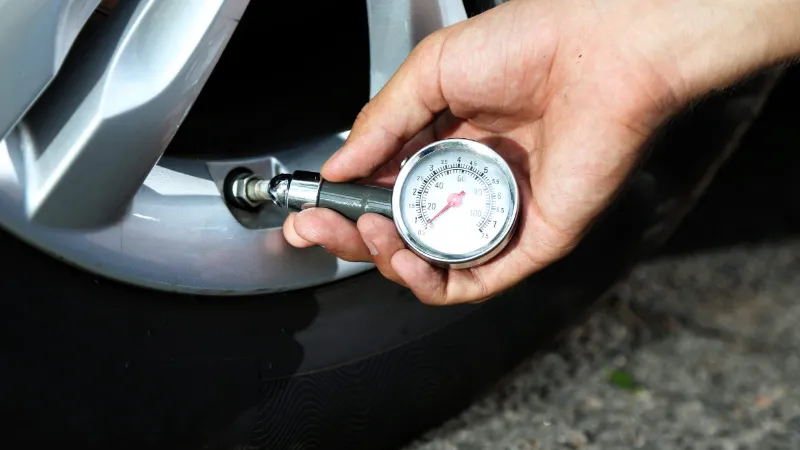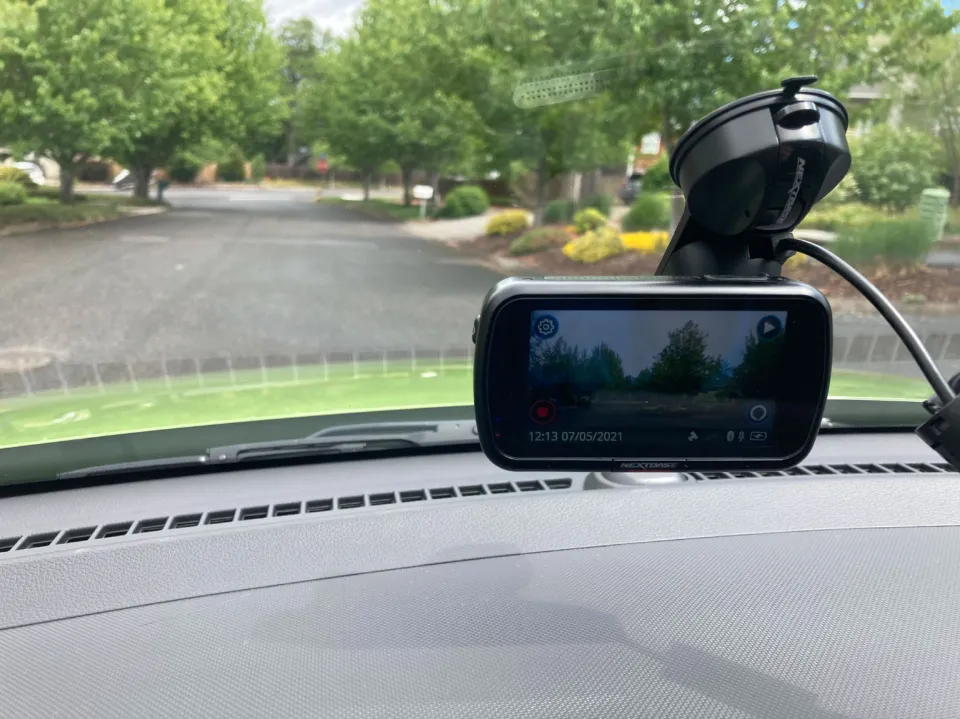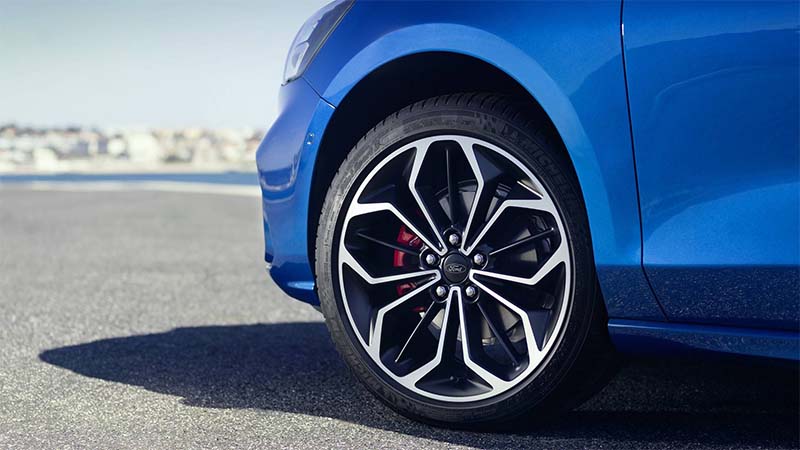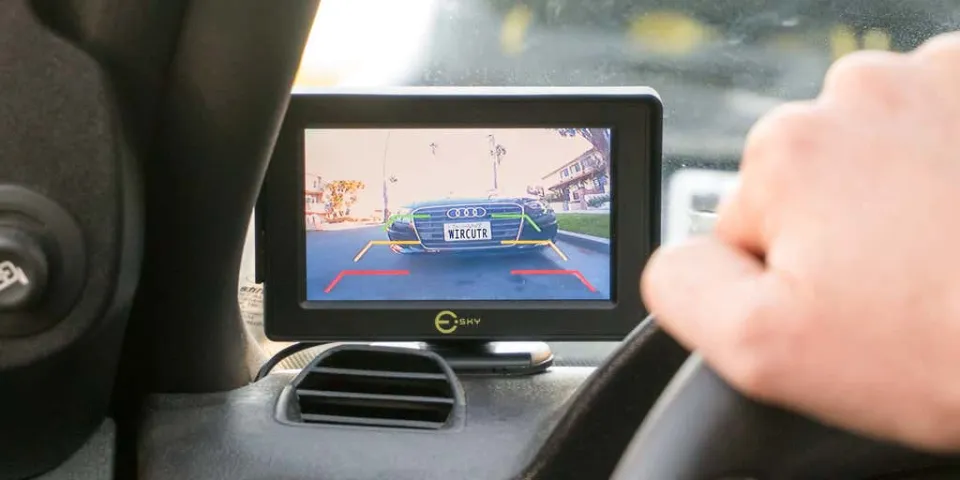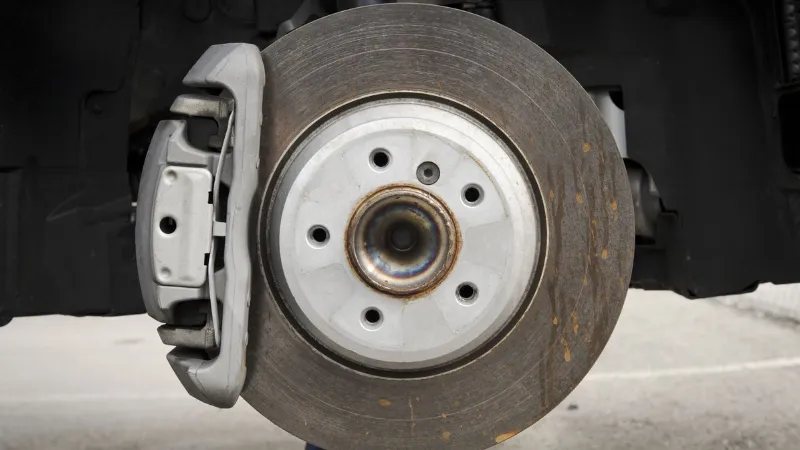Knowing how to use a tire pressure gauge correctly is a simple way to ensure that your tires and vehicle perform as expected. Checking that your tires are not under- or over-inflated is essential for the proper maintenance of your vehicle.
Here’s how to use a tire pressure gauge to check your tire pressure: Check Recommended PSI, Consider Conditions and Purpose, Attach tire Pressure Gauge to tire, and Record tire PSI.
If you’d like to learn more, continue reading.
What is a Tire Pressure Gauge?
The pressure in a car’s tires is measured using a tire-pressure gauge. It is crucial to maintain the recommended tire pressure because tires are rated for specific loads at specific pressures. Tire pressure gauges come in three varieties: stick/pencil, digital, and dial.
The pencil tire pressure gauge has three main parts: the stem attachment, the inner plastic measuring rod, and the metal outer shell. Tire pressure gauges with dials instead of measuring sticks are analogue pressure gauges. The PSI value (the recommended air pressure for your tires) is displayed on a digital tire pressure gauge that is directly mounted to the valve stem.
Even though stick type gauges resemble ball point pens, they are harder to read than digital gauges. With an electronic display, digital tire pressure gauges provide more accurate readings. Dial gauges display the pressure using a simple needle and an analog dial that looks like a clock face. But they may not always be more precise.
Shortly put, the reason digital tire pressure gauges are the best tire pressure gauges is that they give the most accurate readings.
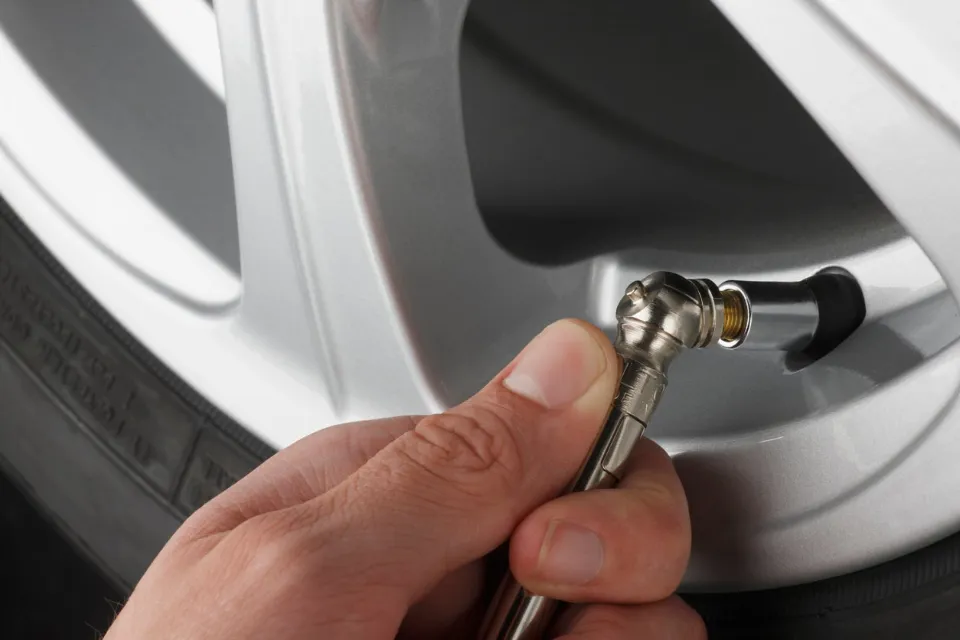
Why is It Important to Check Your Tire Pressure?
The performance of your car is influenced by the state of its tires. Tires that are underinflated or incorrectly inflated can also result in collisions, crashes, and other mishaps. To avoid placing yourself in this type of situation, it is crucial to monitor the tire pressure constantly since tires routinely lose small amounts of air pressure.
Keep your preferred tire pressure gauge in your car at all times so you can check your tires’ pressure whenever you want, which will enhance your vehicle’s performance.
How Often Should You Check Your Tire Pressure?
The majority of knowledgeable mechanics recommend checking your tire pressure at least once a month, always before long drives, or if your car is towing heavier loads. Even some motorists choose to check their tire pressure every three to four weeks! A more accurate reading can be obtained by checking the tire pressure when it is cold, before the temperature rises and the tires are exposed to direct sunlight.
If you check tire pressure immediately after a drive, the pressure in your tires will have risen during the drive as they warm up. If you forget to check before you drive, allowing the tires to cool down for about three hours will improve the accuracy of your reading.
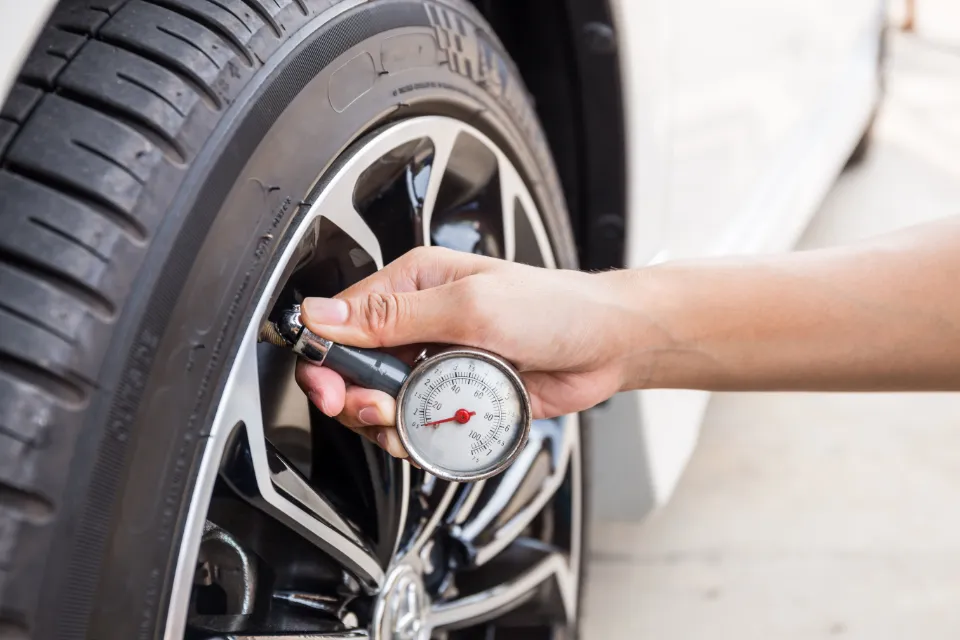
Use a Tire Pressure Gauge to Check Your Tire Pressure
Follow the 4 simple steps below to check your tire pressure:
Check Recommended PSI
The recommended PSI for your particular vehicle can be found in the manufacturer’s manual or other documentation. Experts might be able to give you a good idea, but the official manufacturer recommendations have been tried and true. Additionally, you might discover that different tires require different pressures (the front and rear tires of a car, for instance, might require different pressures). When testing your tires, keep these suggestions in mind and refer to them.
Consider Conditions and Purpose
While some manuals and manufacturer documentation may go into great detail about certain conditions and circumstances, others may limit it to a single number. Tire pressure may benefit from minor adjustments depending on how much weight a vehicle will carry. For instance, increasing tire pressure helps the vehicle handle additional weight if it can handle it. However, if you’re going over lots of bumps and potholes, adding any additional pressure may make it feel bumper and increase the chance of tire failure.
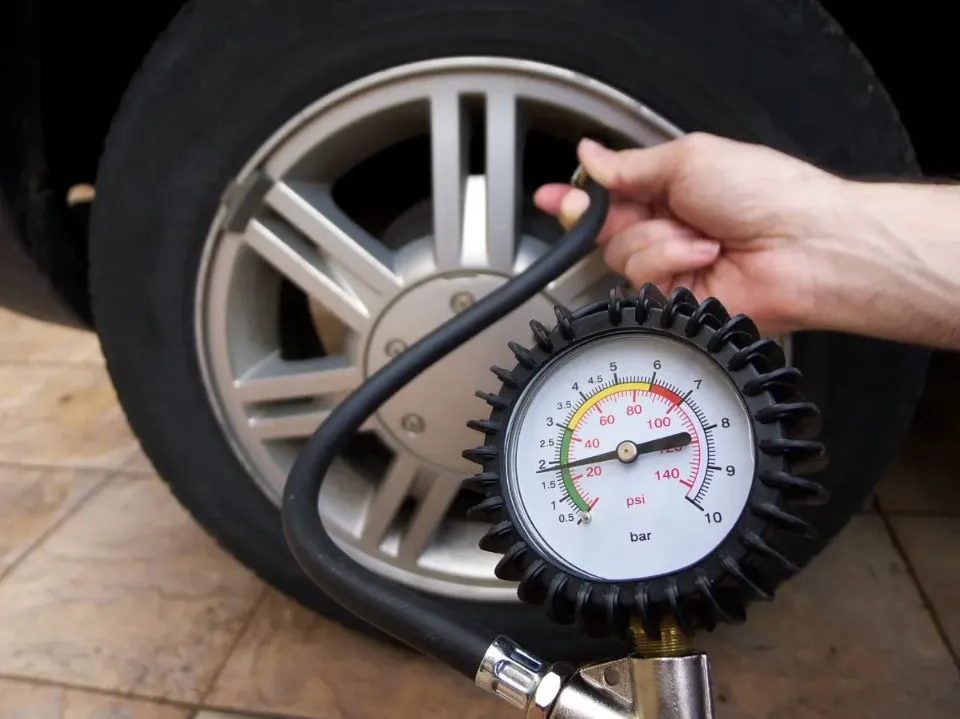
Attach Tire Pressure Gauge to Tire
Simply remove the valve cap and attach the tire pressure gauge to the tire. Make sure the gauge is firmly and evenly attached. Every tire’s PSI will be shown on the gauge. To determine whether the tire is under-inflated, over-inflated, or just right, you can now refer back to the manufacturer’s recommendations. Once you’ve finished, re-attach the valve cap to each tire to ensure dirt and moisture don’t damage the valve.
Record Tire PSI
The tire pressure readings are worth writing down and archiving so you can use them later. By doing this, you might discover which tire is losing air more quickly than the others and take appropriate action. If you’re attempting to understand potential problems with a vehicle, having this kind of information available is also helpful. Your handling may simply be a result of tire pressure and not anything else, so being able to review previous recording is a benefit.
The dial gauge is shielded by a rubber shroud while the bleed valve allows for precise pressure measurement.
After inspecting your tires, you can then blow up any that need it.

FAQs
How Do You Use a Tire Pressure Gauge Without Losing Air?
The tire pressure gauge should be held firmly against the open tire valve so that no air is escaping. When the tire pressure gauge stops hissing, the angle of the gauge inside the tire valve needs to be adjusted.
Is 40 PSI Good Tire Pressure?
Normal tire pressure is usually between 32~40 psi(pounds per square inch) when they are cold. Therefore, make sure to check your tire pressure after a long stay; typically, you can do this in the morning.
How Close to Max PSI Should Your Tires Be?
For instance, if 35 psi is recommended, and the maximum safe pressure listed on your sidewall is 44 psi, you can safely put 38 or 40 psi in your tires. Even 44 psi is achievable. Although the ride will be harder, you won’t run the risk of a blowout. You might even notice sharper cornering and improved fuel efficiency.
How Do I Gauge My Tires?
Lincoln’s head should be turned upside down and facing you as you place the penny into the tread groove of your tire. It’s time to replace your tires if you can see Lincoln’s entire head and your tread depth is less than 2/32 inch.
Summary: How to Use a Tire Pressure Gauge?
To ensure that their vehicle is maintained properly, a driver must be able to use a tire pressure gauge effectively. Additionally, drivers can prevent unintentionally causing premature wear and tear due to overinflated or underinflated tires by checking the tire pressure of the vehicle and making sure they are getting the most out of each tire. You should also be aware that while a tire pressure gauge can be used to inflate or deflate a car tire, an air compressor and an appropriate tire-filling attachment are required to fill a tire. A home air compressor might be an investment worth considering. Alternatively, you might be able to use one at a nearby gas station.
If you have any questions, please leave a comment. KV Auto tries to give you the best car industry information. Thank you for reading.
See also:

